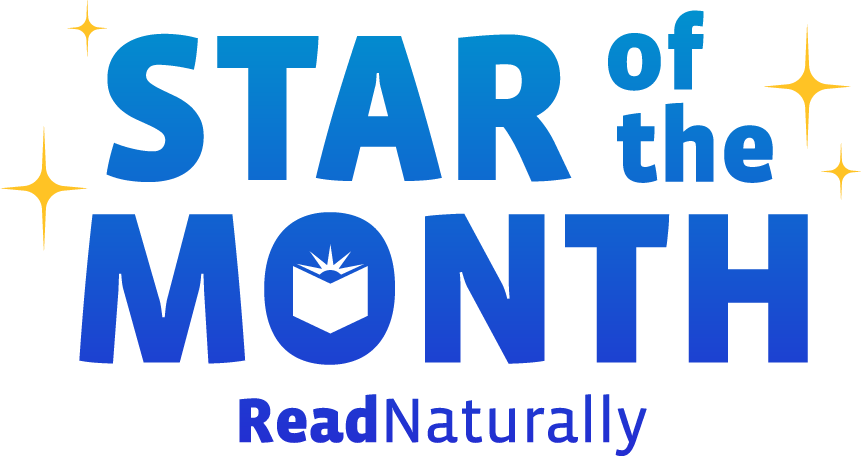What are some similarities and differences between the Taj Mahal and the Golden Temple? What do Read Naturally programs have in common with the Common Core State Standards? How do these questions relate to each other, and most importantly, how do they relate to free resources for teachers?
The Common Core State Standards (CCSS) specify that students should have the ability to analyze how two or more texts address similar themes or topics. Drawing comparisons in this way helps students build knowledge and think critically about the different approaches of various texts.
Read more Wouldn't that be wonderful! In reality, many students are impatient for your help. Fortunately, Read Naturally has a few tricks up its sleeve to keep your students engaged as they wait.
When students reach their goal on a Read Naturally story, they should read the story again, answer the comprehension questions, and continue practicing until you’re able to pass them. After completing these tasks, students should work on wait-time activities.
Read more As students work through Read Naturally stories, their progress monitoring graphs motivate them to put forth their best effort. From the beginning of the story to the end, motivation plays a key role. But this motivation shouldn't end with the story. How can you keep your students motivated to work through an entire level of stories, and the next level after that?
Read more Last week, we discussed the importance of using the Read Naturally placement passages to place your students in Read Naturally. Yet even if you follow that procedure to a tee, some students will perform unexpectedly. Therefore, the next step in the placement process is to evaluate each student’s initial placement to ensure it was correct.
Read more Years ago, Read Naturally cofounder Candyce Ihnot asked a little boy named Christopher about his experience shopping for new shoes. “How many pair of shoes do you usually try on?” she asked. Christopher responded by rattling off several numbers, which helped Candyce make her point. In order to find the best fit, kids often need to try on a number of different styles and sizes. Similarly, students new to the Read Naturally program need to “try on” a few levels to find the fit that’s exactly right for them. We call this process placement.
Read more Since the original study in 1989, independent researchers across the country have conducted well-designed control group studies using the Read Naturally strategy. These studies validate the effectiveness of the Read Naturally strategy on improving students’ fluency. A recent study published in the National Forum of Educational Administration and Supervision Journal (Volume 28, Number 1) is no exception. This study, entitled “Response to Intervention: Increasing Fluency, Rate, and Accuracy for Students at Risk for Reading Failure,” conducted by Drs. Christine Tucker and Don Jones, concluded that at-risk students using a Read Naturally intervention made significantly greater gains than at-risk students receiving only general reading instruction.
Read more You've probably heard the words “Common Core State Standards” hundreds of times already this school year—and it’s only October! Are you exhausted trying to ensure your curricula align with these standards? When it comes to Read Naturally products, you can relax—we've done the work for you.
Read more Common Core State Standards tell us that students need to be given challenging text. I wasn't always sure this was the case for struggling readers; however, I have found it to be very true with my students. In fact, early in the year last year, one of our fourth grade students, Nick, finished all the stories in level 5.0. He wasn’t ready to exit the program since his fluency and comprehension scores were not where we needed them to be, but we were concerned that the stories in level 5.6 would be too challenging.
Read more At this point in the school year, some of your students may be ready to exit their Read Naturally program. A student may be ready to exit Read Naturally if…
The student can read unpracticed, grade-level material accurately, expressively, and at a rate that is at least at the 50th percentile of national norms.
Read more Read Naturally is proud to announce that we've given Read Naturally Masters Edition a makeover! Masters Edition has a new look, a number of new features and upgrades, and a new name for the Sequenced series and the Phonics series: Read Naturally Encore!
Encore offers the same research-based curriculum as the Masters Edition, but with upgraded and expanded features, including the following:
Read more  Share your student’s success story—nominate him or her for our Star of the Month award. Win a Barnes & Noble gift card for the student and a Read Naturally gift certificate for your class!
Share your student’s success story—nominate him or her for our Star of the Month award. Win a Barnes & Noble gift card for the student and a Read Naturally gift certificate for your class!